
Getting into skincare can feel overwhelming. There are endless products, tons of ingredients, and a lot of mixed advice online. If you are just starting to learn about your skin or you suddenly developed acne for the first time, it is easy to feel confused about where to begin.
I know I felt the same way when my breakouts first started in my early twenties. It can feel frustrating and discouraging, but acne is incredibly common at every age, and you are not alone in trying to figure it out.
Whether your acne appeared out of nowhere or you have been dealing with stubborn breakouts for years, the first step toward clearer skin is understanding the basics. For a great starting point, check out our Beginner's Guide to Acne and Skincare.
The good news is that the foundations of acne care are not complicated, and building a routine does not have to be expensive or overwhelming.
This guide breaks down the essential steps for how to get rid of acne using science backed principles and gentle, practical habits. Use this to make better product choices and support your skin without guessing.
Step One: Know Your Skin Type
One of the biggest myths is that acne is a skin type. Acne can happen to any skin type, including dry skin. While it is more common in oily skin, anyone can experience clogged pores and inflammation.
Skin types generally fall into four categories: normal, oily, dry, and combination. Knowing which category you fall into helps you choose products that support your natural skin barrier instead of working against it.
For example:
- If your skin is oily, you may benefit from oil reducing, oil-free, or exfoliating products.
- If your skin is dry, gentle exfoliation and moisturizing ingredients may help unclog pores without irritation.
Understanding your skin type will guide the rest of your acne routine.
Step Two: How Often Should You Cleanse
A common beginner question is how often to cleanse. Cleansing too much can irritate the skin, while cleansing too little can contribute to clogged pores.
Most people do best with cleansing twice a day. One study found that twice daily cleansing improved acne more effectively compared to cleansing once per day.
However, sensitive skin types may do best with cleansing at night and rinsing with water in the morning. Acne does not mean you should scrub aggressively or cleanse three times a day. Over cleansing can damage the moisture barrier and increase inflammation.
Step Three: Choose the Right Cleanser
Once you know your cleansing schedule, you can pick a cleanser suited to your skin type. Mild acne may respond well to cleansers that contain treatment ingredients. Sensitive skin tends to do better with fragrance free, minimal ingredient formulas.
Because cleansers stay on the skin for only a short time, you do not usually need expensive active ingredients at this stage unless your acne is very mild. Instead, choose a cleanser that:
- Cleans without stripping the skin
- Does not leave the skin tight or dry
- Supports the skin barrier
Step Four: Pick an Acne Treatment
If cleansing alone does not improve your acne, adding a targeted treatment can make a big difference. Research supported acne treatments include
- benzoyl peroxide
- retinoids
- salicylic acid
- azelaic acid
- exfoliating acids like glycolic acid.
Salicylic acid is a beta hydroxy acid that penetrates into pores to dissolve buildup and reduce inflammation. Retinoids help regulate skin cell turnover and prevent clogged pores. Glycolic acid exfoliates dead skin cells on the surface and can help with texture and discoloration.
Topical antibiotics may help short term but are not ideal long term due to resistance.
Step Five: Moisturize Every Day
Even if you use a treatment product, moisturizing is essential. Many people with acne skip moisturizer because they fear it will clog pores, but dehydrated skin tends to produce more oil, which can worsen acne. Moisturizers support the skin barrier and allow treatments like retinoids and acids to work more effectively.
If your skin does not need heavy moisture, choose a light gel or water based lotion. If your skin is dry, pick a cream. Some moisturizers contain acne friendly ingredients like green tea, niacinamide, or centella asiatica, which can help calm inflammation.
A lightweight option for oily or acne prone skin is the Fighter Gel:
Step Six: Use a Spot Treatment When Needed
Even if your routine is solid, occasional pimples can still pop up. A spot treatment helps reduce inflammation and speed up healing. Popular spot treatment ingredients include benzoyl peroxide, salicylic acid, sulfur, and tea tree oil.
These are often used at higher concentrations because they target individual blemishes rather than the entire face.
Everyone reacts differently, so you may need to experiment to see what works best for your skin.
Step Seven: Identify Your Acne Triggers
Some acne is related to hormonal sensitivity, while others have lifestyle or environmental triggers.
Stress, dairy, certain oils, and even specific cosmetic ingredients can contribute to breakouts. Keeping track of which products or habits lead to flare ups can help you make more informed choices.
Your skin will change with your environment and lifestyle. Learning what worsens or improves your acne will guide your routine long term.
Important Tips to Remember
Keep anything that touches your skin clean. This includes pillowcases, towels, makeup brushes, glasses, hats, phones, and anything else that sits close to your face. These surfaces can collect bacteria, oil, sweat, and dirt that contribute to breakouts.
Remember that clear skin does not always mean acne free skin. Improvement takes time and some texture, redness, or mild breakouts are normal.
The Honest Truth About Getting Rid of Acne
It may take trying several products before something works for you. It took me years to figure out what my skin actually needed, and for a long time I made things worse by using too many new products at once. The basics in this guide are often all you need to start improving your skin. Once you understand your skin type and use treatments consistently, you can absolutely get clearer skin with time. If you are dealing with marks left behind, here is a guide on the Best Ways To Get Rid Of Acne Scars.
References
[1] Bailey et al., 2022 - Microneedling as an adjuvant to topical therapies
[2] The Concise Guide to Dermal Needling by Dr. Lance Setterfield (on collagen depth)
[3] Martin & Huang, 2021 - Study on Vitamin C and microneedling reactions






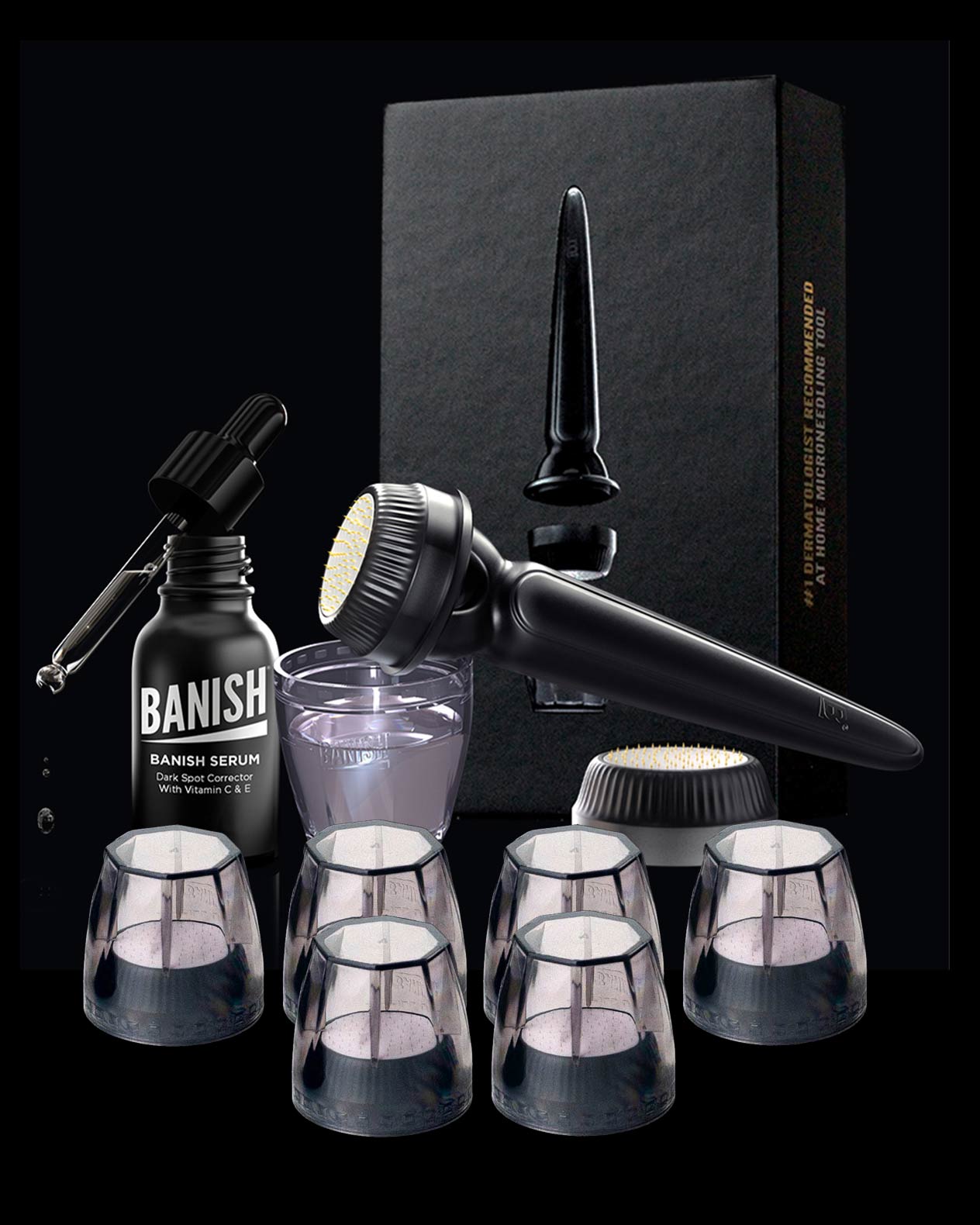



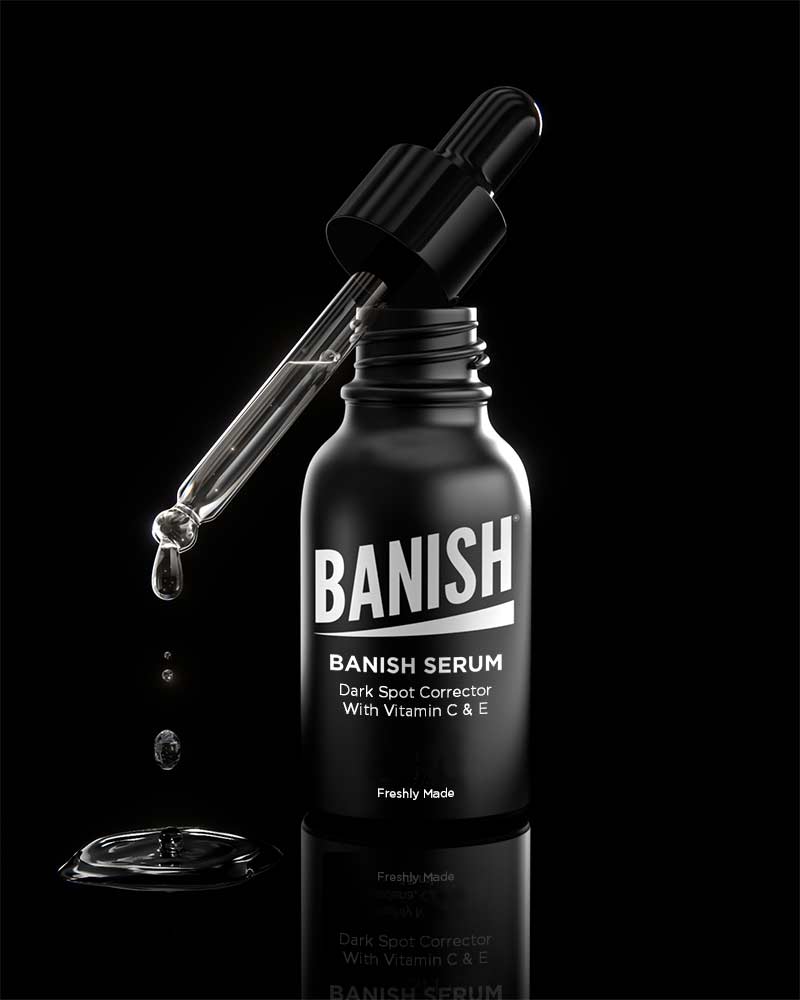




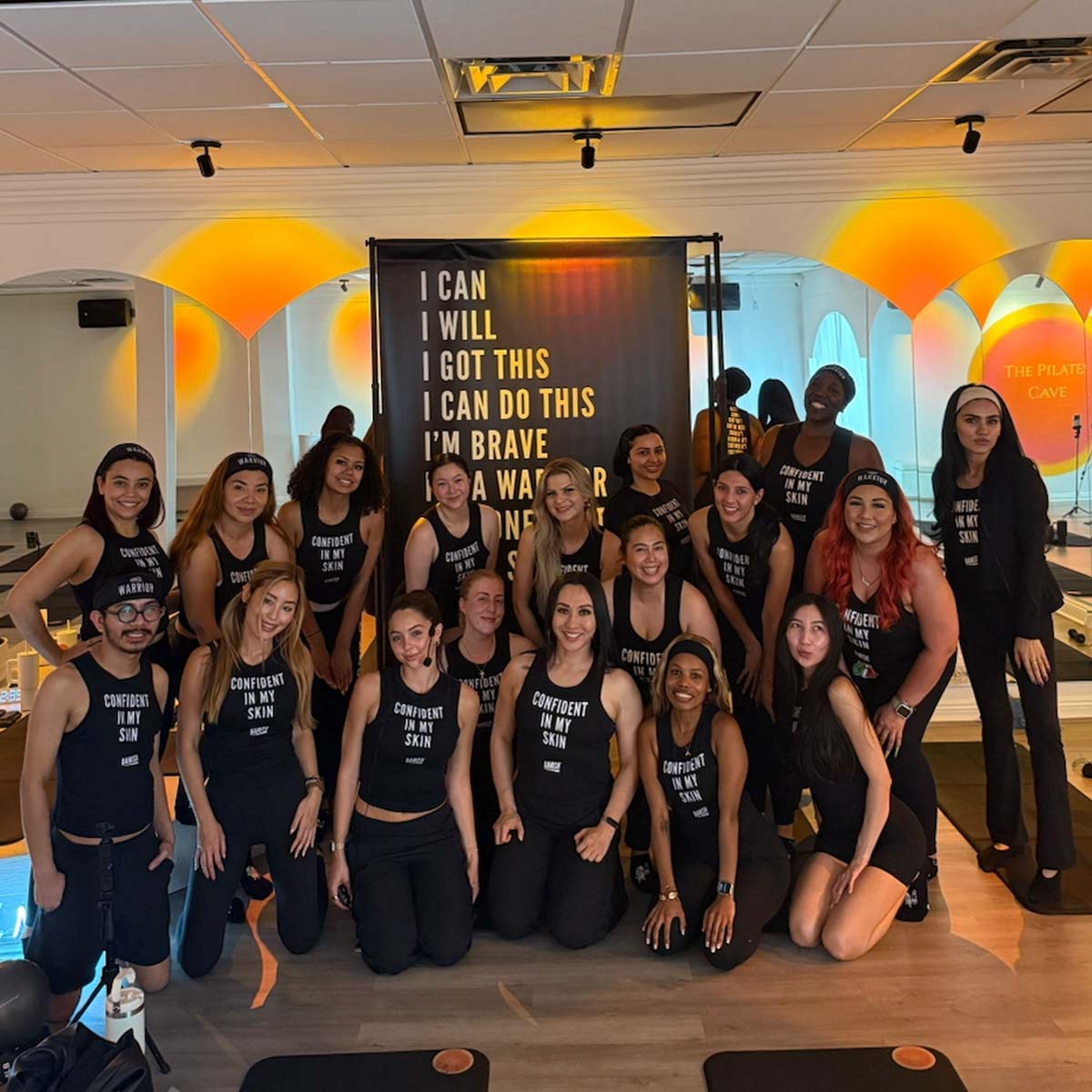

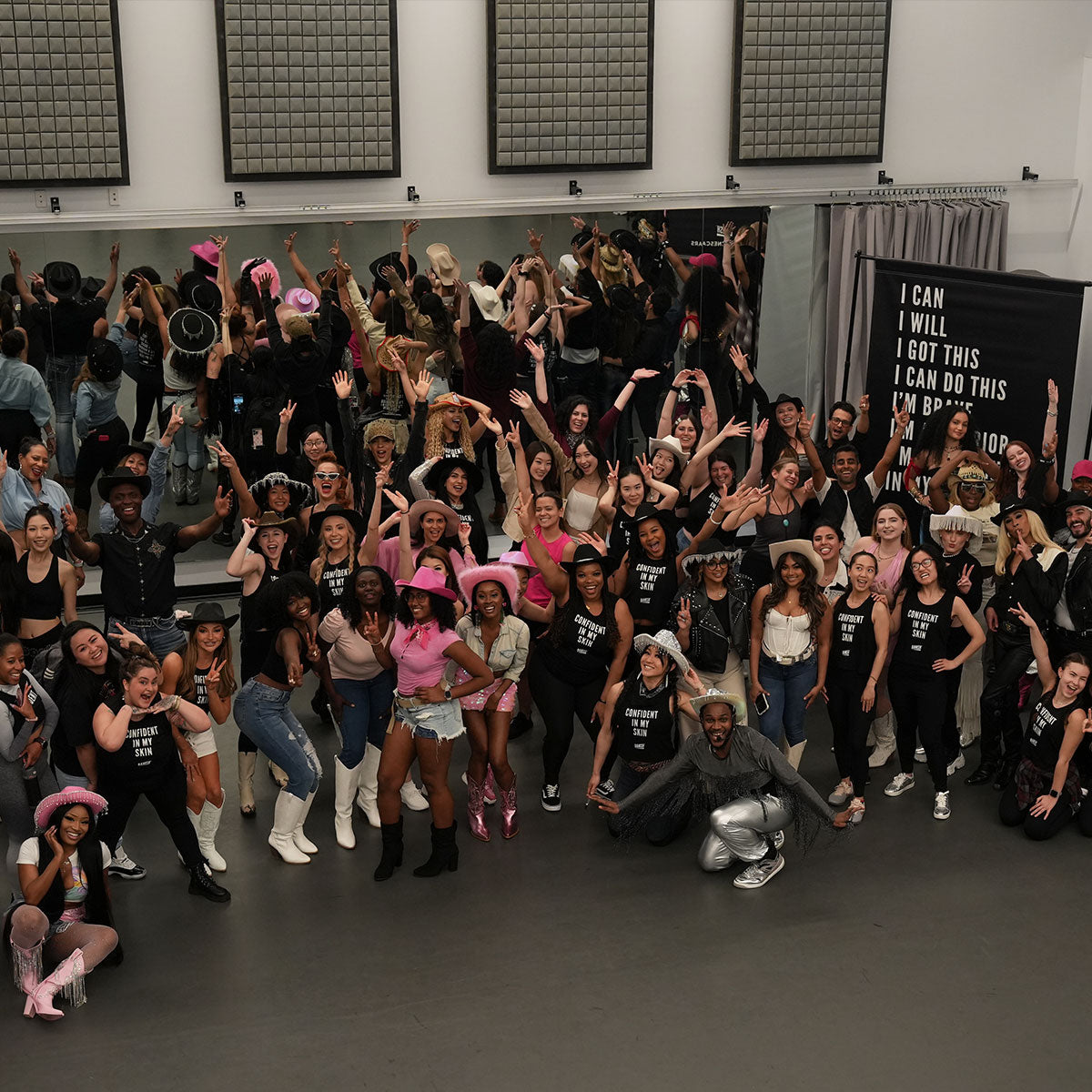



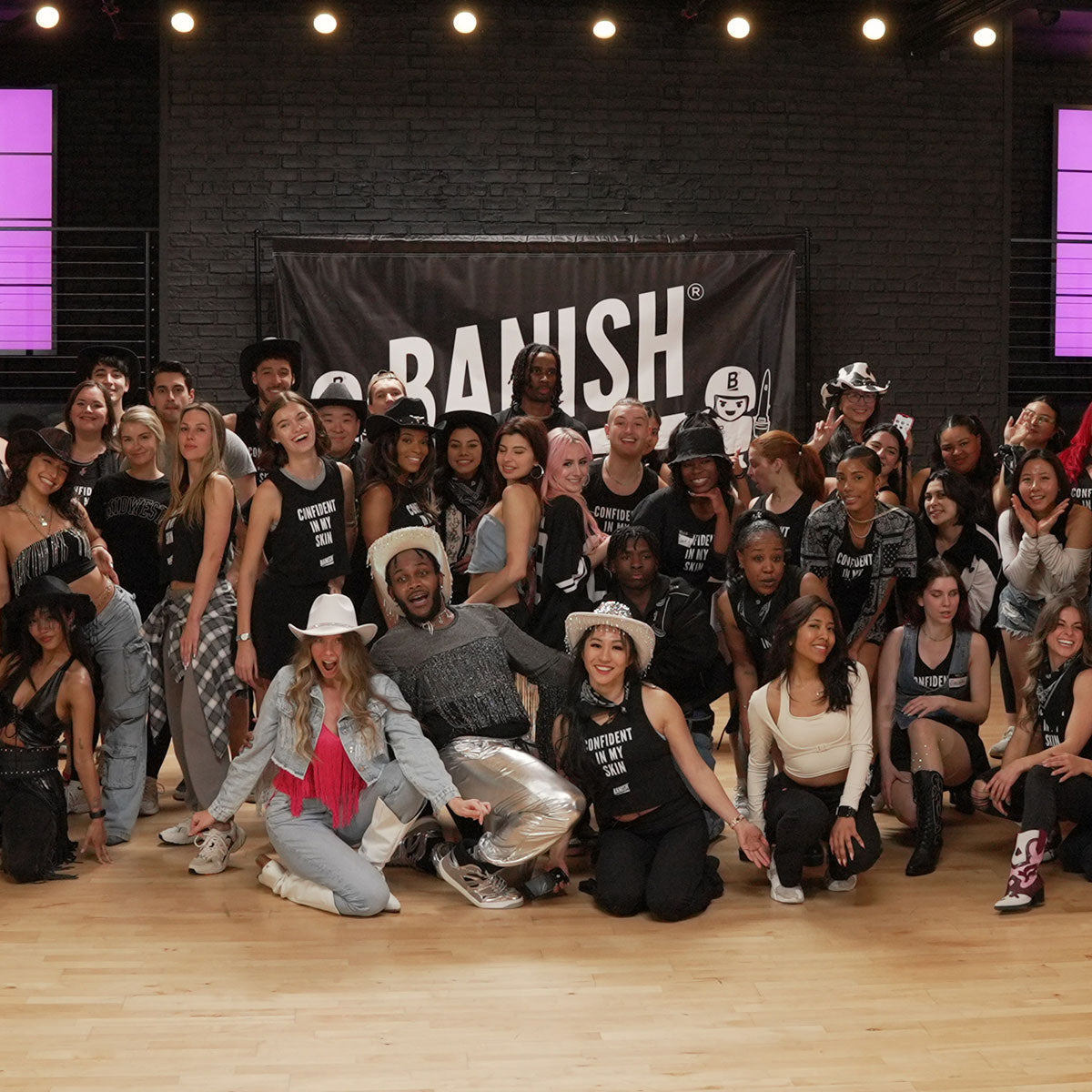


Leave a comment
All comments are moderated before being published.
This site is protected by hCaptcha and the hCaptcha Privacy Policy and Terms of Service apply.